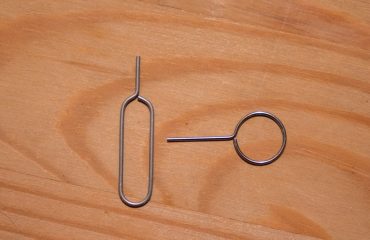Shot blasting is a powerful surface treatment technique used to clean, deburr, and prepare a wide range of materials for further processing. This comprehensive guide delves into the intricacies of this industrial process, explaining its mechanics, applications, and safety considerations.
Understanding the Shot Blasting Process: A Step-by-Step Breakdown
Shot blasting involves propelling a stream of abrasive media, typically small metallic or non-metallic shot, at high velocity onto a workpiece’s surface. This high-impact process removes contaminants like rust, scale, paint, and other surface imperfections. The process typically involves these steps:
- Workpiece Preparation: The item to be treated is positioned within the shot blasting cabinet or on a conveyor system, ensuring proper access for the abrasive media.
- Media Acceleration: A centrifugal wheel or pressure vessel accelerates the abrasive media to high speed.
- Impact and Cleaning: The high-velocity media stream impacts the workpiece’s surface, removing contaminants and creating a uniform surface profile.
- Media Separation: After impacting the workpiece, the abrasive media is separated from the debris and recycled for reuse.
- Post-Processing: Depending on the application, additional steps like painting or further surface treatment may follow.
Types of Shot Blasting Equipment: Choosing the Right Tool for the Job
Several types of shot blasting equipment cater to different needs and scales of operation. These include:
- Wheel Blast Machines: These utilize a rotating impeller to accelerate the abrasive media, offering high cleaning intensity and are suitable for larger workpieces.
- Air Blast Machines: Compressed air propels the abrasive media, providing greater control and precision, ideal for intricate parts and delicate surfaces.
- Cabinet Blast Machines: Enclosed cabinets protect the operator from the abrasive media and dust, perfect for smaller components.
- Automated Systems: These systems integrate shot blasting into automated production lines, increasing efficiency and throughput.
- Mobile Shot Blasting Units: Portable units provide on-site cleaning and surface preparation in locations where transporting large items isn’t feasible.
Selecting the right equipment depends on factors like workpiece size, material, desired surface finish, and budget.
Applications of Shot Blasting: A Wide Range of Industries
Shot blasting finds extensive applications across diverse industries, including:
- Automotive: Cleaning and preparing car bodies for painting.
- Aerospace: Cleaning and preparing aircraft components.
- Construction: Cleaning and preparing steel structures.
- Manufacturing: Deburring and surface finishing of various components.
- Marine: Cleaning and preparing ship hulls and other marine structures.
- Metal Fabrication: Removing mill scale, rust, and other imperfections from metal parts.
The versatility of shot blasting makes it an indispensable process in many manufacturing and industrial settings.
Benefits of Shot Blasting: Efficiency and Quality Enhancement
Shot blasting offers several key advantages over other surface treatment methods:
- Increased Surface Area: The process creates a roughened surface, improving the adhesion of coatings like paint or powder.
- Enhanced Durability: By removing surface imperfections, shot blasting extends the lifespan of treated parts.
- Improved Corrosion Resistance: A clean, uniform surface is less susceptible to rust and corrosion.
- Cost-Effectiveness: While initial investment might be significant, the process’s efficiency and reduced rework often lead to long-term cost savings.
- High-Quality Finish: Shot blasting produces a consistent and uniform surface finish, crucial for aesthetic and functional requirements.
Safety Precautions in Shot Blasting: Protecting Workers and Equipment
Shot blasting presents potential hazards if proper safety measures aren’t implemented. Crucial safety precautions include:
- Personal Protective Equipment (PPE): Operators must wear appropriate PPE, including safety glasses, respirators, hearing protection, and protective clothing.
- Enclosure and Containment: Shot blasting should be performed in enclosed cabinets or areas with effective dust collection systems.
- Regular Maintenance: Regular maintenance of the equipment is crucial to prevent malfunctions and ensure safe operation.
- Training and Supervision: Operators must receive proper training on safe operating procedures and emergency response protocols.
- Regular Inspections: Regular inspections of the equipment and work area are essential to identify and address potential hazards.
Adhering to stringent safety protocols is paramount to prevent injuries and ensure a safe working environment.
Shot blasting is a powerful and versatile surface treatment technique offering numerous benefits. By understanding the process, equipment, applications, and safety precautions, industries can leverage its capabilities to improve efficiency, enhance product quality, and ensure workplace safety.




